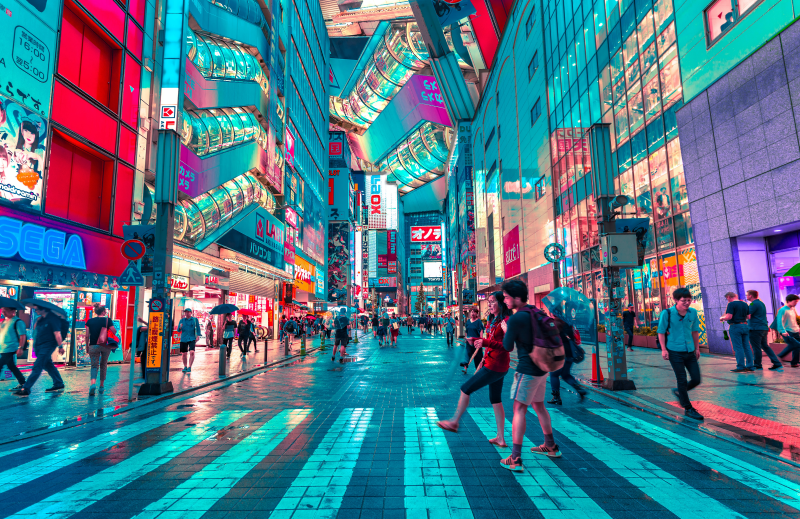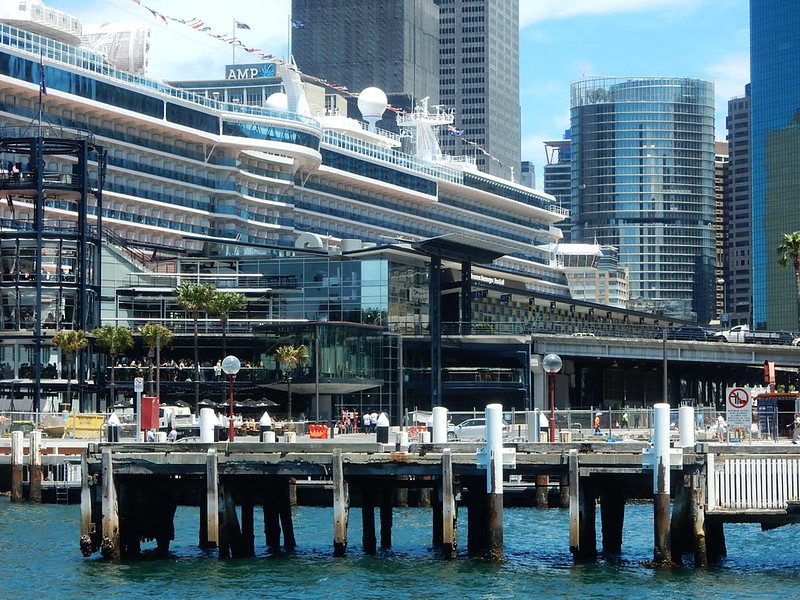 In the second edition of the City-REDI Book Club, Dr Charlotte Hoole reviews “Global City Makers: Economic Actors and Practices in the World City Network” by Michael Hoyler, Christof Parnreiter and Allan Watson.
In the second edition of the City-REDI Book Club, Dr Charlotte Hoole reviews “Global City Makers: Economic Actors and Practices in the World City Network” by Michael Hoyler, Christof Parnreiter and Allan Watson.
In an era of globalisation and rapid urbanisation, the city has become an important unit of analysis for understanding urban systems. This is owed to the importance of cities as the centres of global production and consumption, and as the key drivers of the global economy. Supporting this claim, in Global City Makers a novel approach to understanding cities is offered through its examination of the way that global cities are made. Challenging the idea of the dominant state and its primary role in forming urban outcomes, the book’s main focus is on the power of agency, practices and strategies of the urban actors who manage, coordinate and mediate global capital flows. Drawing inspiration from contemporary economic geography debates, the book adopts a relational approach for examining the influence urban agents have on shaping the world economy. In doing so, the book makes a significant contribution to leading global city perspectives and is a welcome addition to an emerging field of leadership research examining the role of agency in guiding local and global outcomes.
The editors deliver an engaging introduction, presenting the book’s empirical, theoretical and methodological contributions to the study of global cities. The chapters that follow examine ‘global city makers’ within a wide range of industries (e.g. financial services, real estate and management consultancy) from locations across the world. These include the much-studied cases of London, New York and Tokyo, but also less well understood emerging cities in the Global South (e.g. Mexico City and Mumbai) and second-tier cities in Europe (e.g. Hamburg and Amsterdam). Providing observations beyond our common understanding of global cities according to statistical indicators and numerical rankings, collectively the chapters cover an eclectic mix of quantitative, qualitative and mixed-methods approaches, from Lizieri and Mekic’s use of a proprietary database to track office ownership in London between 1972-2014 in Chapter 4, to Yamamura’s use of mental maps in Chapter 6.

There are many captivating insights shared relating to ‘global city makers’ that can be traced through the case studies presented. These include, firstly, the importance of context in the shaping of practices and institutions. For example, Scofield in Chapter 5 finds varying intermediation practices in the commercial real estate markets of New York and London, contesting the idea of “homogeneity in the market systems of global cities” (p. 99). Contextual factors are also brought to our attention by Lambregts et al. in Chapter 7 to explain the reasons behind why who is considered to assume a global city making role differs between the Global North and the Global South. Secondly, the variable identities of urban actors are described as adding to the complexity of the production of global cities. This is clearly depicted by Yamamura in Chapter 6, whose study reveals the dual roles transnational professionals play as corporate actors involved in global economic strategy as well as social individuals influencing the social geographies of cities. Lastly, details are shared concerning the conflict that may arise due to the diversity in the characteristics, outlooks and motivations of urban agents who embody, to different extents, the ‘global’ and ‘local’ as explained by Hesse in Chapter 8.
There are two major strengths of the book. The first is its focus on agency in connection with global city networks. This is relevant to a growing interest among urban and regional researchers in the role of the ‘ordinary’ city leader and in particular business leaders who are recognised for their ability to, in an ever globalising world, transcend urban boundaries and urban politics. In England for example, a devolution agenda since 2010 has brought increasing powers and responsibilities to business leaders at the city-level through the creation of new public-private partnerships. Furthermore, as governments continue to be distracted by the present-day political uncertainties that follow a rise of popularism across the Western world, an opportunity has opened up for ‘global city makers’, perhaps more than ever before, to have their moment as the shapers and mediators of the global economy. Beyond pursuing economic growth, however, the role that global cities and their leaders have in the making of uneven development needs to be addressed, an issue that national governments have historically failed to respond to. Parnreiter reflects on this important issue in Chapter 2, in reference to the ability of some places and some actors over others to attract a larger portion of the value gained from globalisation. This, as Lizieri and Mekic claim in Chapter 4, in part echoes the social and behavioural prejudices of economic agents when making investment decisions.

The second major strength of the book is its inclusion of cities in the Global South. There has been a remarkable rise of global cities in Asia, the Middle East and Latin America recently, most of which constitute today’s fastest-growing economies. It is therefore crucial that scholars continue to engage with and capture the experiences of those places that have been mostly ignored from the global city narrative, and that are positioned to play a major role in supporting the future world economy. Only by doing so might we gain a better understanding of global cities in the contemporary world and, importantly, respond to the acute social and environmental challenges that emerging cities are facing.
Future analysis would benefit from going further to extend the focus of urban areas in the study of global cities, providing more insights into the different experiences and practices of agents in the Global North and Global South that can inform the conceptual framing of future global city research. It would also be valuable for further work on the influence of agency in the making of global cities to investigate the role of political agents as well as economic agents that are the main focus of this book.
Overall, Global City Makers offers an insightful, engaging and much-needed contribution to our understanding of the role of agency in shaping global city networks. It has undoubtedly delivered on its ambition to provide a compelling introduction to this new area of research and will most certainly encourage further investigation in the field.
This blog was written by Dr Charlotte Hoole, Research Fellow at City-REDI, University of Birmingham.
It was first featured in the Built Environment Journal:
Hoole, C. 2019. Global City Makers: Economic Actors and Practices in the World City Network. Built Environment, 45(2): 268-269.
Disclaimer:
The views expressed in this analysis post are those of the authors and not necessarily those of City-REDI or the University of Birmingham.
To sign up to our blog mailing list, please click here.
